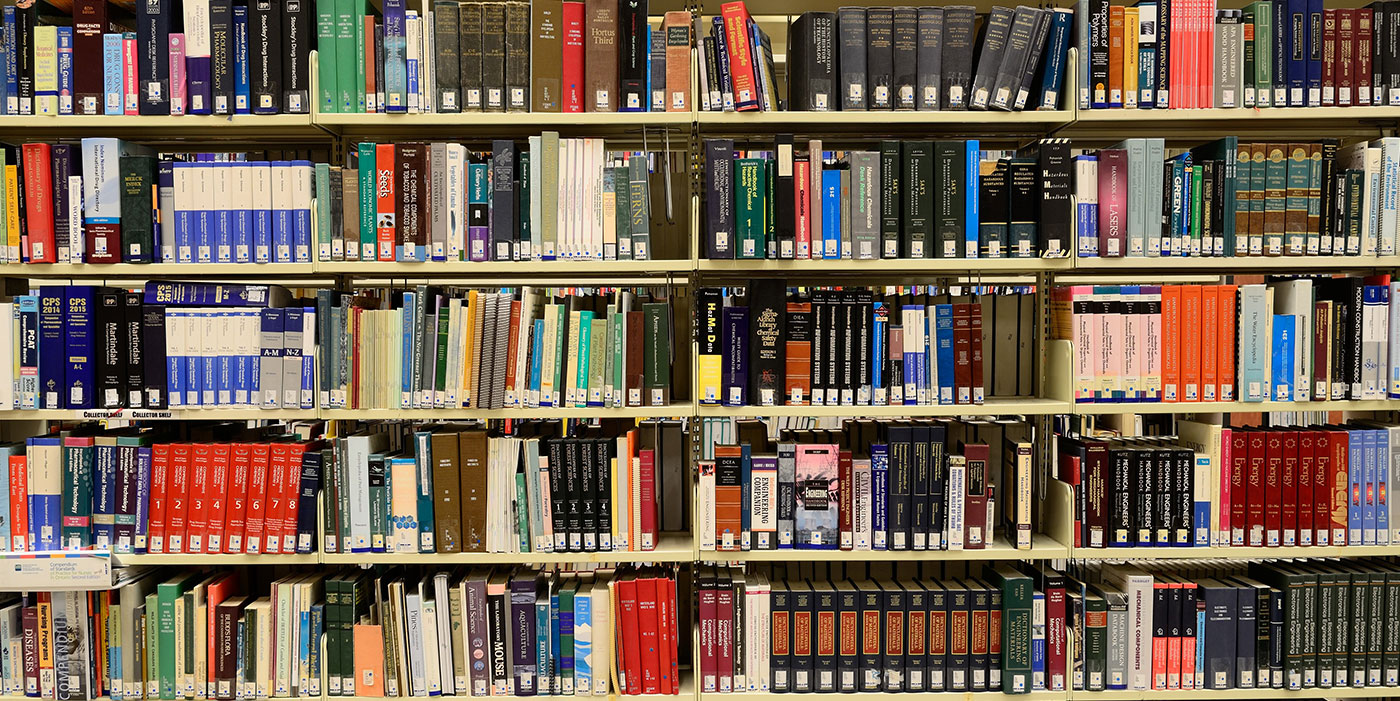
29 ago Publicações científicas
Give children and adolescents the gift of a good night’s sleep: A call to action
Novas diretrizes no diagnóstico e tratamento das insônias
Sexsomnia: abnormal sexual behavior during sleep
Abstract
This review attempts to assemble the characteristics of a distinct variant of sleepwalking called sexsomnia/sleepsex from the seemingly scarce literature into a coherent theoretical framework. Common features of sexsomnia include sexual arousal with autonomic activation (e.g. nocturnal erection, vaginal lubrication, nocturnal emission, dream orgasms). Somnambulistic sexual behavior and its clinical implications, the role of precipitating factors, diagnostic, treatment, and medico-legal issues are also reviewed. The characteristics of several individuals described in literature including their family/personal history of parasomnia as well as the abnormal behaviors occurring during sleep are reported.
Non-REM Sleep Instability in Children With Primary Monosymptomatic Sleep Enuresis
Abstract
Study objectives: Sleep enuresis is one of the most common sleep disturbances in childhood. Parental perception of deeper sleep in children with sleep enuresis is not confirmed by objective studies. However, evidence of disturbed sleep has been demonstrated by questionnaire, actigraphy, and polysomnographic studies, but no neurophysiological correlation with low arousability has been found. The goal of this study was to analyze the sleep microstructure of children with sleep enuresis using cyclic alternating pattern (CAP) analysis.
Sleep disorder, chorea, and dementia associated with IgLON5 antibodies
Abstract
A novel syndrome characterized by a distinctive sleep disorder accompanied by variable symptoms of brainstem involvement and a highly restricted haplotype was recently described in association with antibodies to a neuronal cell adhesion protein named IgLON5. Because of the symptoms and chronic disease progression, most of these patients are primarily seen by specialists in sleep and neurodegenerative disorders. Since the initial description of this encephalopathy in 2014, only 1 additional patient has been reported.1 In order to improve clinical recognition we report a new patient who presented with the characteristic sleep dysfunction and subsequently developed chorea.
Periodic limb movements during sleep and restless legs syndrome in patients with ASIA A spinal cord injury
Abstract
Objective: To establish the occurrence of Periodic Leg Movements (PLM) and Restless Legs Syndrome (RLS) in Spinal Cord Injury (SCI) subjects. Methods: In this study, twenty four patients were submitted to a full night polysomnography and were assessed with Epworth Sleepiness Scale and an adapted form of International Restless Legs Syndrome Scale Rating Scale (IRLS Rating Scale). Control Group (CG) was composed of 16 subjects, 50% of each sex, age: 24.38 ± 4 years old. Spinal Cord Injury Group (SCIG) was composed of 8 subjects (29 ± 5 years old) with a complete SCI (ASIA A) of about three and a half years of duration, 100% males.
Sleep and neuromuscular disorders in children
Abstract
Children suffering from neuromuscular diseases are at an increased risk of sleep-related breathing disorders (SRBD) such as obstructive sleep apnea syndrome (OSAS) and hypoventilation as well as central sleep apnea, which is frequent in these patients due to diaphragmatic weakness. They are at higher risk for developing complications of nocturnal hypoxemia, including pulmonary hypertension, cor pulmonale and neurocognitive dysfunction. Neuromuscular disorders and OSAS are both prevalent disorders and frequently overlap. Sleep-related hypoventilation/hypoxemia due to neuromuscular diseases may be exacerbated in the presence of OSAS; these children are likely to experience greater severity and duration of sleep-related hypoxemia than are children with either disorder alone. Additionally, some of these children have reduced central neural chemoresponsiveness. The development of SRBD in these patients further impairs their quality of life and worsens their respiratory status. We review the literature on the diagnosis and treatment of SRBD in children with a variety of neuromuscular disorders.
Incontinentia pigmenti achromians (hypomelanosis of ITO, MIM 146150): Further evidence of localization at Xp11
Abstract
We report on a girl with apparent hypomelanosis of Ito(ITO); cytogenetic studies disclosed the karyotype 46,X,t(X;10)(p11;q11)mat. We present further evidence that at least one of the genetic forms of ITO is located at Xp11; reviewing the clinical characteristics of patients with incontinentia pigmenti type 1 (IP1) and ITO with X‐autosome translocations, we suggest that IP1 and ITO represent allelic forms or a contiguous gene syndrome. Thus, different genetic alterations in this region (Xp11) give rise to ITO or IP1 or borderline phenotypes. We also suggest that all patients with ITO, due to Xp11 mutation, have functional or genetic mosaicisms. © 1993 Wiley‐Liss, Inc.
Postvaccinal parkinsonism
Abstract
A 5‐year‐old boy, with a history of fever beginning 15 days after a vaccination for measles, developed a rigid‐akinetic syndrome 3 days after the fever began. A spinal tap obtained 1 week after the onset of fever showed pleocytosis with a monocellular pattern. A CT scan of the head and EEG did not disclose any abnormality. An MRI performed 3 months after the event, however, showed clear‐cut evidence of bilateral substantia nigra lesions, suggesting secondary gliosis. The response to levodopa was good, but adverse reactions appeared early. The child is now 7 years old. Bromocriptine, deprenyl, and levodopa have produced a remarkable improvement of the parkinsonian features.
The prevalence and significance of periodic leg movements during sleep in patients with congestive heart failure
Abstract
Purpose: The aim of this study was to evaluate (1) the prevalence of periodic leg movements during sleep (PLMs) in a consecutive sample of congestive heart failure (CHF) outpatients; (2) the presence of correlation between PLMs, subjective daytime sleepiness, and sleep architecture; and (3) the heart rate response to PLMs in CHF. Materials and methods: Seventy-nine [50 men, age 59 ± 11 years, body mass index (BMI) 26 ± 5 kg/m2] consecutive adult stable outpatients with CHF [left ventricular ejection fraction (LVEF) 36 ± 6%] were prospectively evaluated. The patients underwent assessment of echocardiography, sleepiness (Epworth Scale), and overnight in-lab polysomnography.




